Very recently, Sterlite Power commissioned a mega interstate scheme – Lakadia Vadorara Transmission Project (LVTP) – that will help evacuate significant quantum of green energy from Gujarat. In the backdrop of this successful commissioning, T&D India caught up with Manish Agarwal, Director & CEO, India Transmission, Sterlite Power to understand LVTP in better light, and also to know more about other ISTS schemes in Sterlite Power’s development portfolio. Manish Agarwal is confident that Sterlite Power will be a big contributor to India’s power transmission infrastructure ambitions, both as a developer of greenfield interstate and intrastate lines, as well as strengthening existing transmission corridors through its Master System Integrator (MSI) line of business.
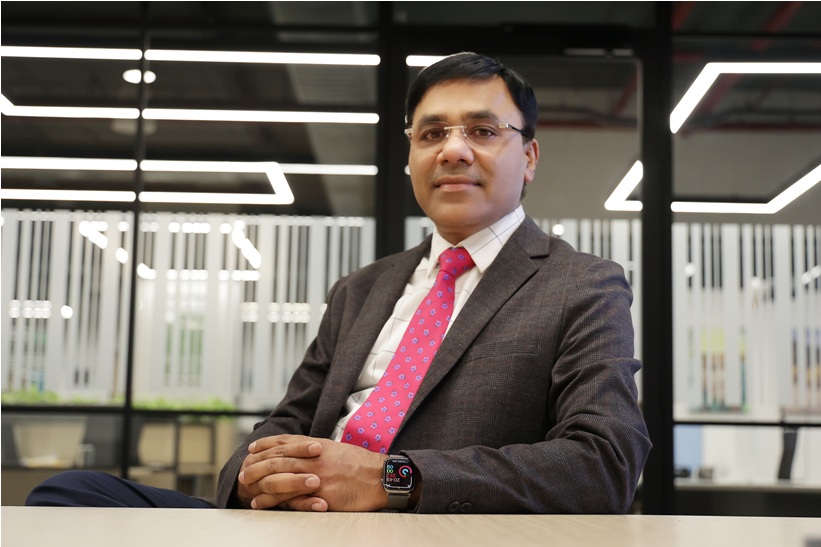
Sterlite Power recently commissioned a major TBCB project – Lakadia Vadodara transmission scheme. Tell us more about the project, especially the challenges encountered during project execution, and how they were surmounted.
It is certainly a matter of great pride for all of us at Sterlite Power to commission one of India’s largest green energy corridor projects – the Lakadia Vadodara Transmission Project (LVTPL). LVTPL is a significant ISTS endeavor that bolstered India’s power transmission framework, facilitating the country’s shift towards a low-carbon economy. This mega project evacuates 5 GW of continuous green energy from the renewable-rich Kutch region to Vadodara and eventually across the length and breadth of the country. A project of national importance, this project was amongst select infrastructure projects that were reviewed by the PMO as part of the Pragati portal.
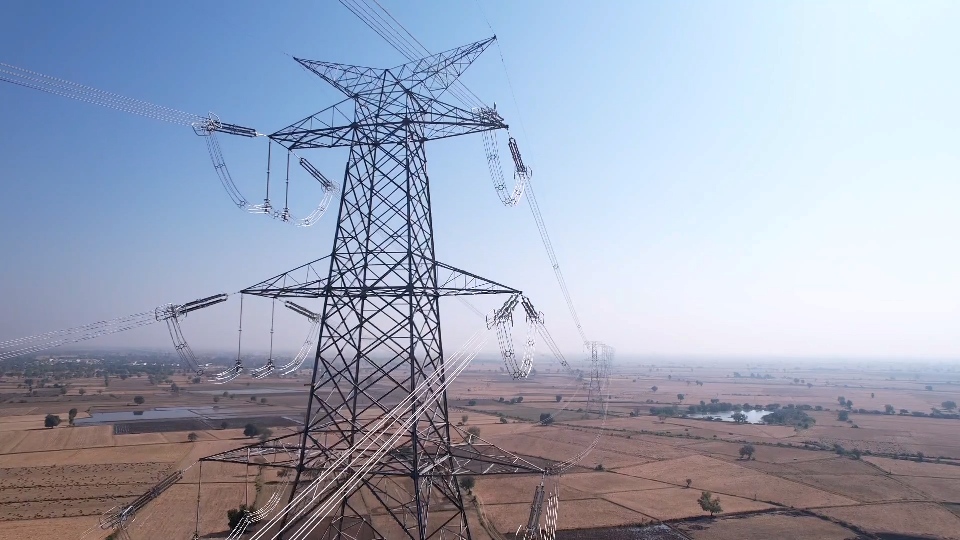
Implementing a project of such scale and magnitude was indeed a complex and challenging affair. The scope was to construct a high-voltage transmission corridor spanning 335 km connecting Kutch to Vadodara substation. In total, we have built 812 towers across seven districts of Gujarat.
The salt plains in Gujarat make for one of the most difficult terrain conditions. The soil is highly unstable, and to counter this we adopted unique methods of foundation techniques to build a stable line. In addition, the project also encountered challenges in the form of crossing River Mahi as well as the upcoming Mumbai-Ahmedabad Bullet train corridor. We worked with local communities and stakeholders to overcome severe RoW (right-of-way) challenges. Collaboration with our suppliers and their support was instrumental in delivering this mega power transmission project.
The successful commissioning of the Lakadia Vadodara transmission project is a testament to Sterlite Power’s commitment to developing high-quality infrastructure responsibly and sustainably. The project will play a crucial role in strengthening India’s power transmission infrastructure and enabling the country’s transition to a clean energy future.
We understand that Sterlite Power now has a portfolio of six interstate transmission schemes under execution. What is the overall broad status of this portfolio? Which is the earliest project scheduled to be commissioned, by current thinking?
Yes, presently, we have a robust portfolio of six power transmission projects which are under execution. The latest addition is the Fatehgarh-Beawar Transmission Project (Part G) in Rajasthan. It is our second GEC (Green Energy Corridor) project after LVTPL. The project will evacuate a massive 20 GW of renewable power from Renewable Energy Zones in the state. The next step is to acquire the SPV and hit the ground running.
The construction of our flagship project, “Mumbai Urja Marg Package C” is in full swing and we are expecting to commission it by mid-2024. Once operational, MUML will play a crucial role in augmenting the power supply in the MMR region. The project has the potential to bring green energy to Mumbai which will be a game-changer for entire Maharashtra, reducing the dependence of the state on fossil fuels.
Our other project in Goa, Goa-Tanmar Transmission Project, had witnessed some hindrances but with clear directions from the Hon’ble Supreme Court, the project is now on track with the required approvals and support in place.
As also, the other projects – NBTL (Nangalbibra-Bongaigaon) in the northeast, UKTL (Udupi Kasargode) project, and Kishtwar in J&K have made significant progress and are well on track.
Sterlite Power has had a very successful stint in terms of the development of ISTS projects under the TBCB route. Please orient us on the technologies that you have introduced to India.
When it comes to innovation in power transmission, we take pride in introducing some of the best global practices in this sector. With our expertise in design and engineering, automation using technologies such as robotics and aviation, we have been successful in seamlessly executing our projects and delivering solutions, at the intersection of time, space, and capital, without compromising on quality and standards.
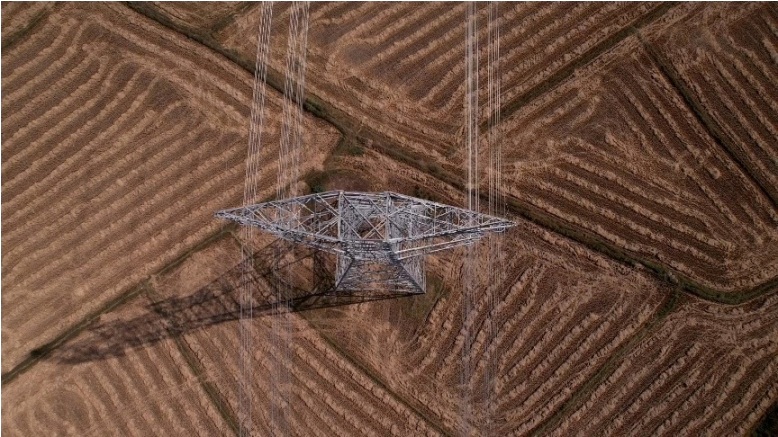
We were the first to deploy aviation technologies like helicranes in the power transmission industry in India. The use of this highly specialised innovation helped us in commissioning one of our toughest projects NRSS-29, well ahead of schedule. In our NER project, lightweight helicopters were deployed to transport heavy equipment and material – another exemplary showcase of the organisation’s innovative spirit. We will carry out a similar operation in Mumbai as well to expedite project execution while ensuring full workforce safety and minimal disruption to the environment. For route mapping and surveys, we use cutting-edge satellite technologies and LIDAR. Trans-Analyst is the in-house innovation that helps us optimize routes between Point A to Point B by considering various environmental and RoW factors. In brownfield projects, we have introduced MCMV towers, the use of micro piles for tower foundations, monopoles instead of lattice, and the usage of drones for conductor stringing. We have also implemented our unique river-crossing solutions like the ACCC Ganga Ultra low sag conductor across some of the mightiest rivers in India including Ganga and Brahmaputra.
That brings us to the next question. Tell us a little about your newly launched innovation at Elecrama 2023 – the “ULS Brahmaputra”.
The ACCC ULS Brahmaputra, which we launched at Elecrama 2023, is a futuristic solution. Globally, this is a first-of-its-kind, high-performance conductor that has been developed to overcome the limitations and challenges associated with the critical crossing of River Brahmaputra – one of the longest rivers in India. We deployed this solution as part of one of our greenfield transmission projects. The unique design of the conductor combines aluminum alloy with composite core ultra-low sag, greatly improving the efficiency, capacity, reliability, and resiliency of the critical river crossing span.
How do you see the current bidding pipeline for TBCB projects, at the interstate level?
The TBCB program has a strong project pipeline, with several projects currently in various stages of bidding and development. This has helped in unlocking significant investment in the sector and improved the efficiency of transmission infrastructure in the country.
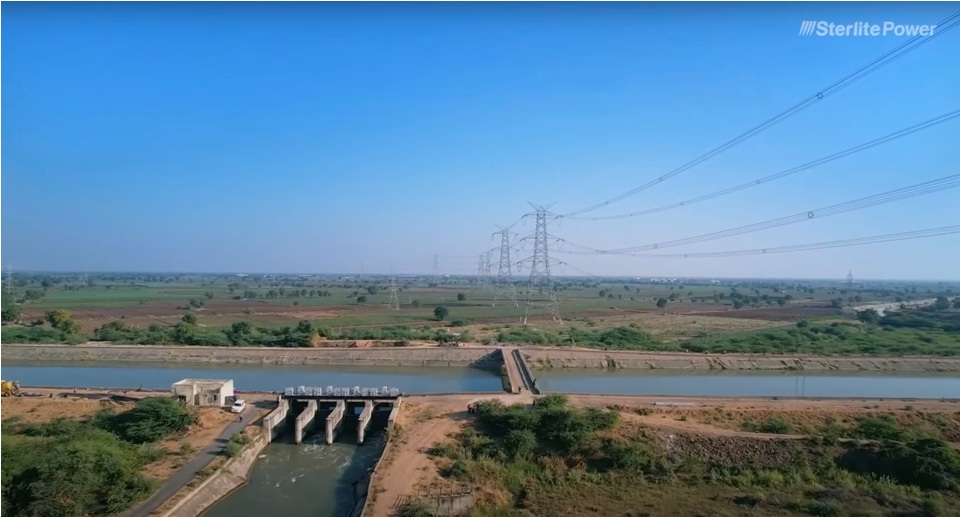
As we know, India is amidst a massive energy transition. As a nation, we are aggressively pursuing the renewable energy goal of 500 GW by 2030 which will demand around Rs.2.5 lakh crore of investments in interstate transmission networks to evacuate this massive influx of RE. Half of this investment is expected to trickle in by FY 27.
The industry is expecting the government to invite bids for power transmission infrastructure projects worth Rs 1.50 lakh crore in the next 18 months. Presently, there are 20+ projects identified and are under bidding with an implementation time frame of 18-24 months. For all the future projects under discussion, the implementation time frame will be decided based on the difficulties involved in the projects. In general, the implementation schedule for projects with fewer complications should be 24 months.
For special cases like transmission lines traversing through hilly areas and difficult terrain of J&K, Ladakh, and the northeastern regions, etc., the implementation time frame should be extended to 30-36 months on a case-to-case basis in consultation with the generators and transmission service providers. Given the extensive clearances and approvals required during the execution journey of the projects, the currently envisaged timelines for the TBCB projects are aggressive.
What about state-level schemes that are being bid out under the TBCB projects, by both RECPDCL/PFCCL and state utilities? Would Sterlite Power be interested in these as well?
Lately, Odisha, Maharashtra, and Gujarat have notified the threshold limits beyond which state transmission projects will be bid under a competitive regime. We have more than 10 states with such a framework, now. We see more states joining the list in compliance with the Hon’ble SC’s order to state regulators. Sterlite Power has been a proponent of PPP infrastructure development and we look forward to participating in these opportunities.
Please discuss some key projects — currently under execution or recently completed — being undertaken by Sterlite Power under its Master System Integrator (MSI) line of business.
We started the MSI business five years ago, with the upgrade and uprate business. We used to take high-margin projects and we learned very early that it is a booming sector and there is a lot of scope to bring in innovative and efficient products and solutions for our customers. This business line caters to the rising energy requirements and addresses the key constraints of time, space, and capital and has successfully tackled challenging energy delivery projects across India, from the valleys of J&K to densely populated areas of Kerala, including stringing across the river Ganges.
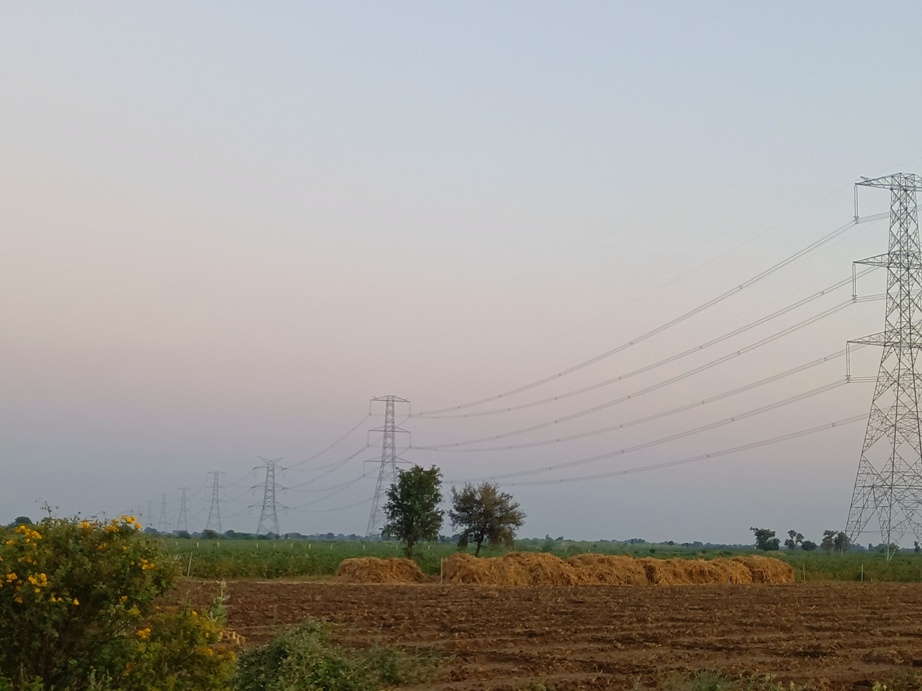
Master System Integrator has adopted GAP Conductor stringing technology in FY23 and has completed 132kV voltage level along with 220kV and 400kV voltage levels with high-performance conductor (HPC) which are nearing completion. GAP stringing requires expertise in engineering, design, construction, planning, and significant financial resources to ensure safety. It has also utilized HPC ACCC conductor technology at the 400kV voltage level, providing increased capacity, reduced line losses, and improved reliability over traditional ACSR conductors. MSI’s engineering and design expertise enabled the successful implementation of ACCC technology. An innovative approach to energy delivery was demonstrated by MSI in the WR-NER project for the Arunachal Pradesh section, where the company utilized heli-operations and drone stringing with minimal disruption to the environment and local communities.
Given that India has outlined a huge outlay for power transmission, how do you see opportunities ahead for Sterlite Power across its solutions and infrastructure business?
India’s ambitious plans for power transmission present numerous opportunities for various stakeholders, including investors, technology providers, and service providers. The planned investments in transmission infrastructure aim to connect the vast renewable energy potential of the country to the national grid and improve access to electricity across the country.
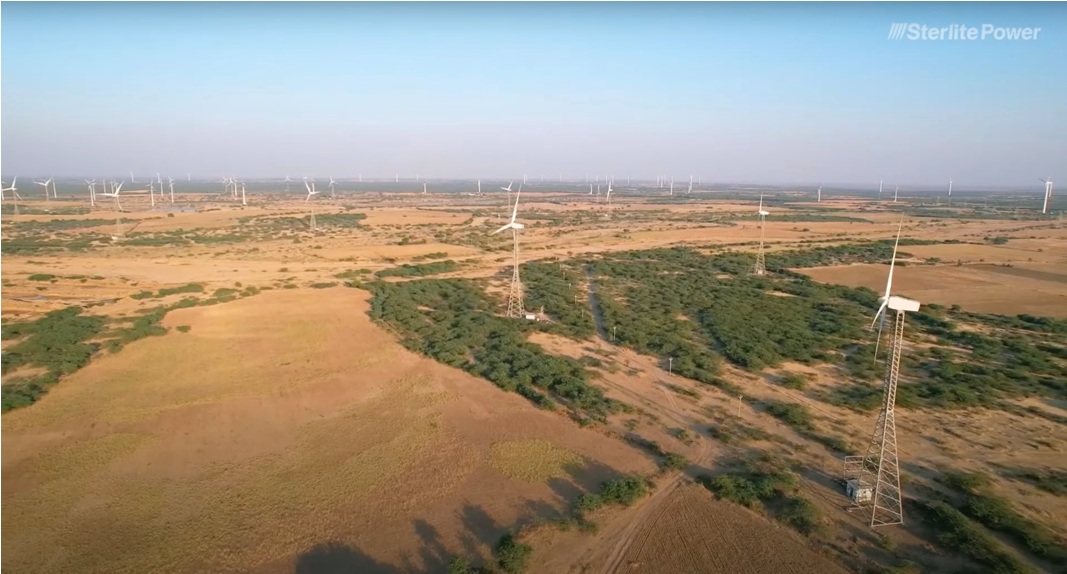
With ambitious climate change targets of 500 GW of RE by 2030, significant investments are underway to upgrade the country’s grid infrastructure at the interstate as well as the intrastate transmission levels. Besides the increased adoption of renewable energy, the shift to electric power, growth in distributed energy sources, the retirement of traditional fossil-fuel-based power plants, and an ageing grid are expected to drive new investments in the grid infrastructure. Currently, the TBCB pipeline looks promising with Rs.30,000-40,000 crore worth of project outlay earmarked annually.
Overall, India’s power transmission plans are expected to create a robust and efficient transmission network, which will provide significant opportunities for various stakeholders to contribute to the country’s energy transition.
All industrial images used in this interview have been sourced from Sterlite Power and relate to the company’s Lakadia-Vadodara Transmission Project.


